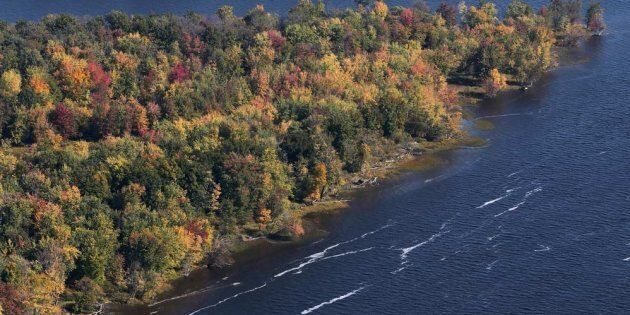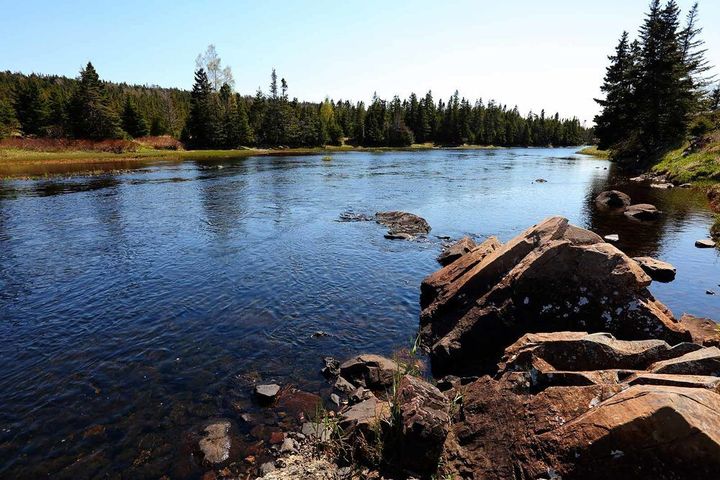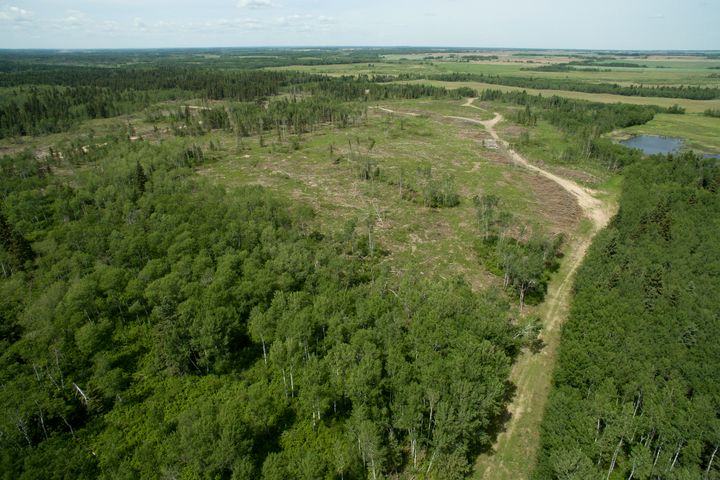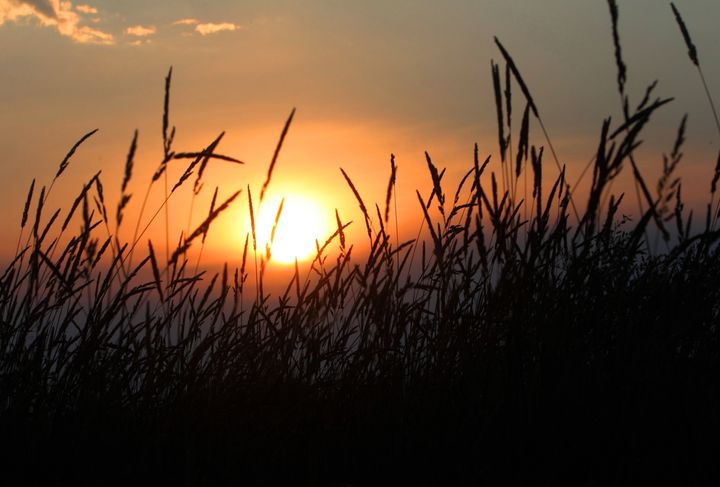
My first introduction to protected areas targets was during my undergraduate at the University of Waterloo. Our Common Future (also known as the Brundtland Report), from the United Nations World Commission on Environment and Development, was hot off the press in 1987, and was required reading for environmental studies students. The Brundtland Report was a call for global action on sustainable development and biodiversity conservation. It included a recommendation to triple the amount of protected areas on the planet, a target of 12 per cent.
In the late 1980s, this 12 per cent target seemed wildly ambitious. But 30 years later, almost 15 per cent of the planet has been protected, and both Canada and the world are headed for a new, target of 17 per cent that was set in the Convention on Biological Diversity's Aichi Biodiversity Targets. Counties across the world, including Canada, have agreed to protect 17 per cent of lands and inland waters by 2020.

Nature needs half
Recently, there has been growing momentum to protect what preeminent ecologist E.O. Wilson calls, "Half-Earth," and an emerging campaign that "nature needs half." Protecting 50 per cent of the planet is seen by many scientists as the final end game in global sustainability to secure essential biodiversity and biochemical systems, including climate regulation. Traditional protected areas would play a role in this new deal for nature, but other mechanisms, such as Indigenous-conserved areas and private land conservation, will be essential to reaching this target.
These protected area targets are important. They set a clear, and often inspiring vision of where we need to get to, and they are easy to measure and understand. But they are insufficient to conserving nature.

Got it, got it, need it
Nature conservation is not just about how much we protect, but also what we protect.
At the Nature Conservancy of Canada (NCC), we've protected 2.8 million acres. The size of this habitat portfolio matters, but what makes it critical for conservation in Canada is both its geography and the important biodiversity values that are protected within these lands and waters.
One of the key goals of conservation is representation. Representation helps to ensure that examples of all species and habitats are included within protected areas. Canada could reach a protected areas target of 17 per cent by conserving larger areas in the Arctic, but this wouldn't help conserve the species and habitats in the prairies. It's a bit like trying to complete a collection of hockey cards. If I have lots of mixed forests, but no wetlands in my collection, it's those wetlands I'd be more interested in getting to complete my ecological set.

Keeping all the pieces
The need for representative conservation has long been recognized. In 1992, the 4th World Parks Congress called for protection of at least 10 per cent of each major habitat type by 2000. The goal of Canada's National Park System Plan is to represent each of our country's 39 natural terrestrial regions. Canada is currently exploring how to assess the ecological representation of future systems of protected areas as we move towards the goal of 17 per cent.
There's much work to be done to ensure ecological representation in our protected areas. Canada's protected areas network is geographically disproportionate. In some regions of western and northern Canada, such as the BC coast and Arctic cordillera, more than 20 per cent of the lands and inland waters are in protected areas. In southern Ontario and Quebec, less than five per cent of the land is currently counted as protected areas. The amount of protected areas also varies between provinces and territories, ranging from 3.2 per cent in Prince Edward Island to 15.3 per cent in BC.
The habitat types protected in Canada are also not evenly represented. Although 10.6 per cent of Canada's lands and inland waters are protected, some major habitat types are not well represented. For example, only 6.9 per cent of Canada's forests and less than three per cent of Canada's Northern Great Plains fescue mixed-grass prairie are within protected areas. It's these very habitats, often in threatened southern landscapes with few protected areas, where NCC plays a key role in protecting Canada's wild spaces and wild species.
Protecting rare species and rare habitats
It's in these threatened southern landscapes where NCC's work in protecting habitat for species at risk is critical for their survival and recovery. Most of the 203 species at risk that NCC has helped protect habitat for occur in regions where their habitats are not well represented in protected areas. Some of these species, such as eastern mountain avens or western prairie fringed orchid, live in habitats that are mostly outside of national and provincial parks, but are protected on NCC properties.
High-quality species-at-risk habitats are what scientists often refer to as irreplaceable — these are species and habitats that are rare. As options to protect them are limited, having one or two sites within our collection of protected areas isn't enough. If we go back to our hockey card comparison, these habitats would be like a 1966 Bobby Orr or a 1979 Wayne Gretzky rookie card — so precious and rare, and needing to be preserved.

Some habitats found in Canada are globally rare and found in few other places on the planet. This include alvars in the Great Lakes region and Manitoba, Annapolis heathlands in Nova Scotia or Garry Oak savannah in BC.
There are many other factors that can make habitats irreplaceable. In some regions of Canada, such as Nova Scotia and New Brunswick, the landscape is still largely forested, but old-growth forests are now very rare. Some NCC properties such BC's Luxor Linkage and Quebec's work in the Malbaie Salt Marsh represent critical wildlife corridors or stopover habitat for migratory birds and are essential for effective conservation. We need to work there because they are irreplaceable, and we need to protect as much as we can.
Canada is unique among nations, as we have the opportunity to protect large areas of habitat. We should strive to meet our current goal of 17 per cent and be inspired to think bigger. But we also need to make sure we are protecting the right places, and that our conservation portfolio of Canadian species and habitats is intact and complete for future generations.
This post was written by Dan Kraus, senior conservation biologist at the Nature Conservancy of Canada (NCC), and originally appeared on NCC's blog, Land Lines.